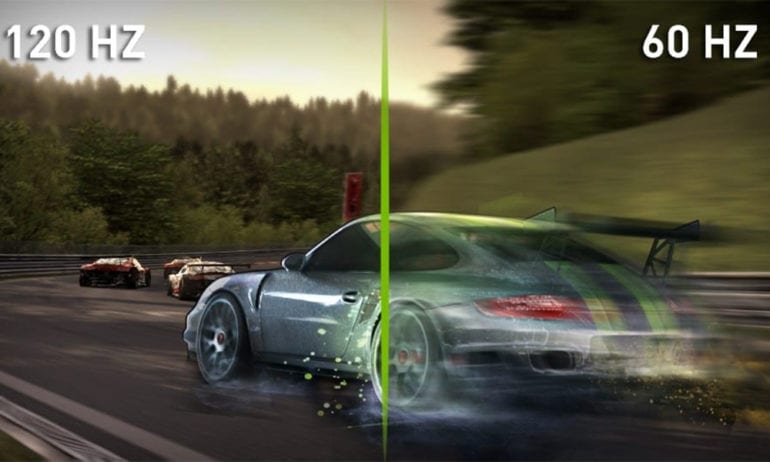Buying a new TV can be confusing these days. There are lots of complicated technical terms that you have to know in order to compare different models. If you have been shopping for a TV, you might have come across the term “refresh rate.” To make things easy, here’s everything you need to know about what refresh rate is and the best refresh rate for watching movies, playing video games, and more.
What Is Refresh Rate?
Refresh rate is how many times the image on a TV screen can be updated or “refreshed” every second. TVs with faster refresh rates are generally better at handling motion, especially when watching action movies or playing video games.
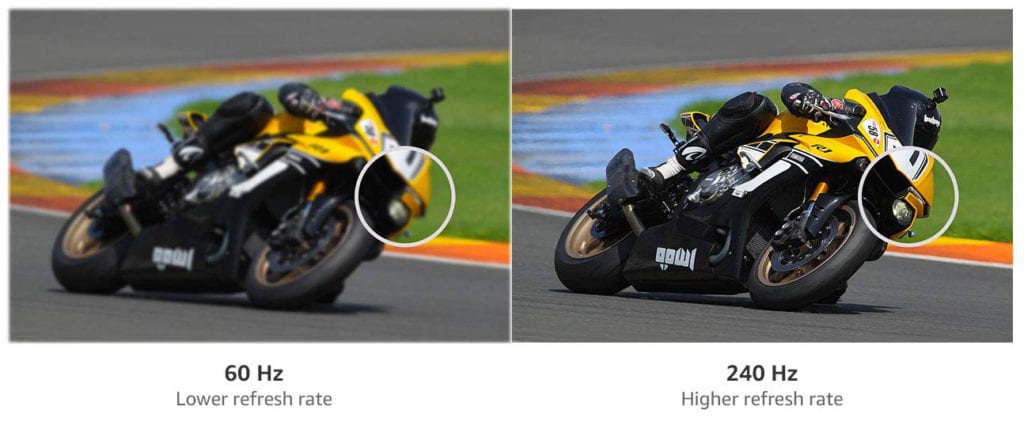
Refresh rate is measured in Hertz (Hz), which is a frequency. For example, a 60Hz TV can refresh the screen 60 times per second, while a 120Hz TV can refresh the screen 120 times per second. However, TVs with faster refresh rates are not necessarily better at handling motion.
Refresh Rate vs Frame Rate
Refresh rate refers to how many frames your screen can display per second, while frame rate is how many frames the video source can display per second. To reduce motion blur, you want your TV’s refresh rate to be equal to or greater than a video’s frame rate.
All movies and TV shows are made of a series of still images (or frames). These frames are shown in quick succession to give the appearance of motion. If a video’s frame rate is too low, you will be able to see the individual frames.
Videos with higher frame rates usually have smoother motion, as long as your TV has an equal or higher refresh rate. If your TV’s refresh rate is slower than your video’s frame rate, you won’t be able to see each frame, which will make motion look choppy, and the overall image will be blurry.
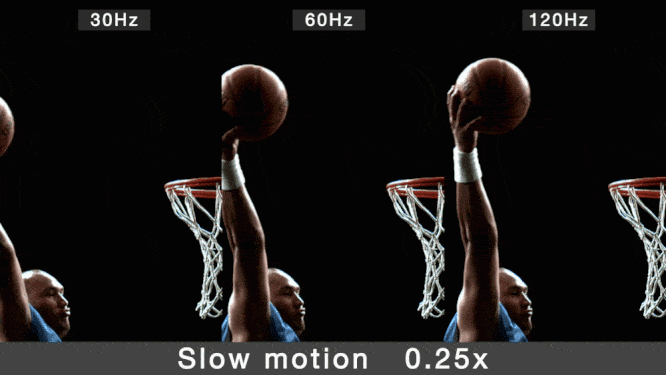
Most TV shows in the US are filmed at 30 frames per second (fps), while most movies are filmed at 24 fps. So, you only need a TV with a refresh rate of 30Hz to watch most content. However, getting a TV with a faster refresh rate is a good idea for a few reasons.
60Hz vs 120Hz
If you’re going to buy a new TV these days, it will have a refresh rate of either 60Hz or 120Hz. While they will both look identical when watching TV shows filmed at 30fps, TVs with a faster refresh rate are generally better at handling motion when watching movies filmed at 24fps.
In order to match your refresh rate with a video’s frame rate, your TV will display each frame multiple times. For example, if you’re watching a TV show filmed at 30fps on a 60Hz TV, the TV will simply double each frame and play them each for half as long.
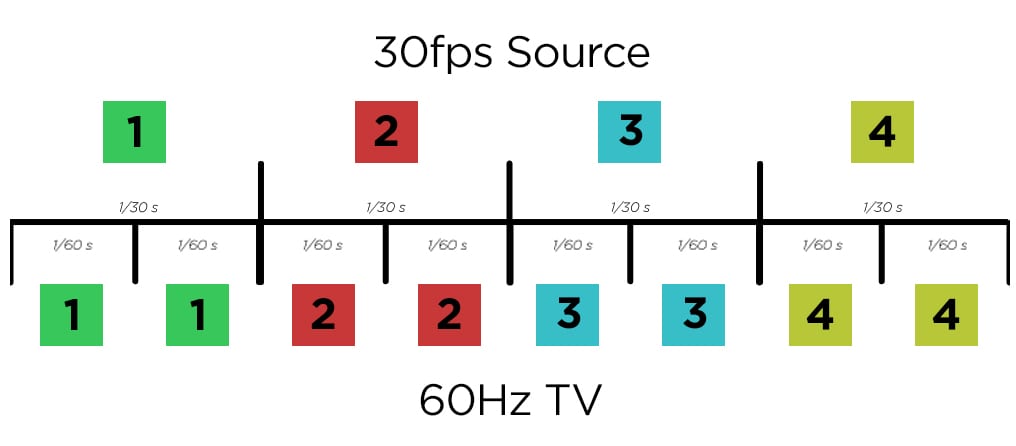
That same video will look identical on a 120Hz TV since the TV will just display each frame four times and play them a quarter as long.
However, the problem comes when you want to watch a movie on a 60Hz TV. This is because most movies are shot at 24 fps, which is not a good divisible of 60. So, a 60Hz TV uses a method called “3:2 pulldown” to match the refresh rate to the frame rate. To do this, the TV will display one frame twice and then the next frame three times.
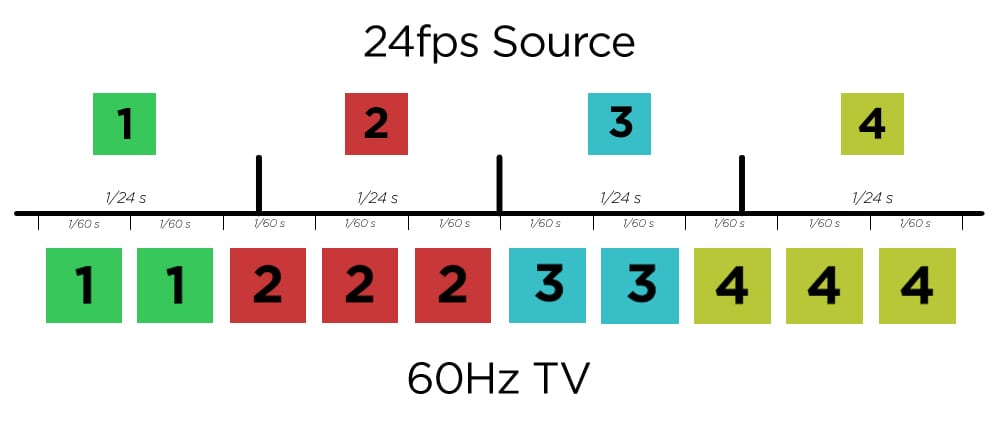
Since the video displays some frames longer than others, you might experience “judder” when watching movies on a 60Hz TV. This effect will make motion look jerky, and it can also cause the video to play slightly slower than it should.
On the other hand, if you’re watching a movie on a 120Hz TV, it can just display each frame five times, which means the movie will retain the look that the filmmaker intended. And while there is not much 120fps content, some movies and videos games do use the high frame rate.
Response Time
Response time is how long it takes the pixels in a TV to change color. A slow response time is one of the major reasons behind motion blur. If it takes a long time for your TV to process images, it can create ghostly trails around moving objects, making them look blurry.
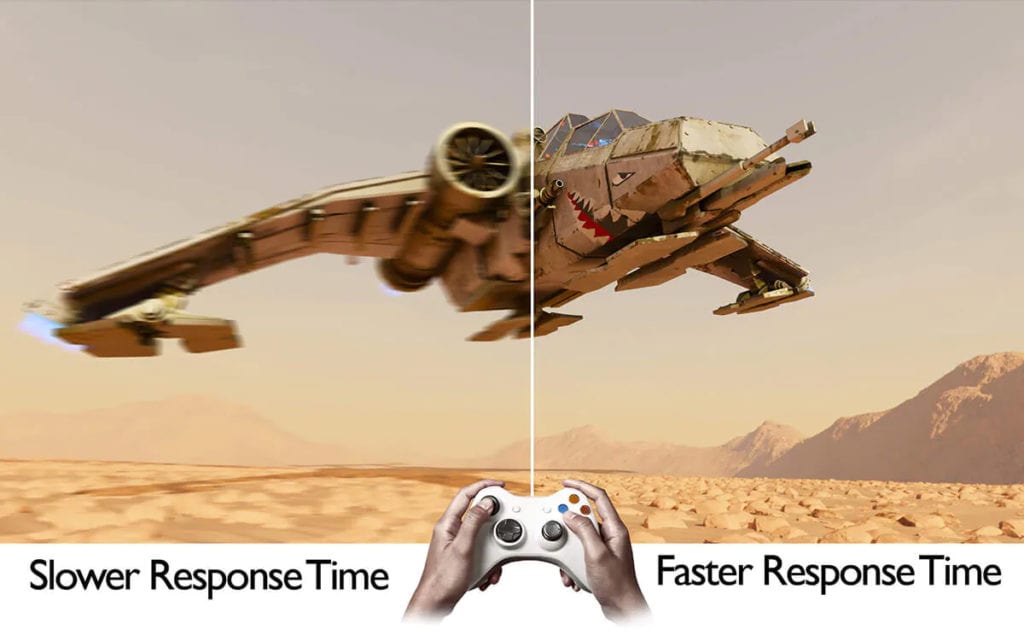
Ideally, you should only get a TV with a response time lower than 30ms (milliseconds). However, if you are a gamer, you should not get a TV with a response time higher than 10ms. These days, you can find TVs with response times as low as 1ms.
What About 240Hz TVs?
Some high-end TVs are advertised as having an “effective refresh rate” of 240Hz. However, no TVs made these days have a native refresh rate faster than 120Hz. Many TVs have features that artificially double the refresh rate, so a 240Hz TV is really only 120Hz.
To reduce motion blur, some TVs use frame interpolation, which adds totally new frames to a video. To do this, the TV analyzes two frames, and it creates a new hybrid image by “guessing” what should happen between them.
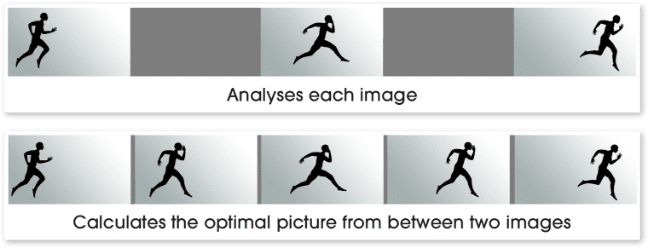
While frame interpolation can help reduce motion blur, it also leads to the “soap opera effect,” or ultra-smooth motion that can make movies look unnatural. This feature also requires a lot of processing power, which can cause latency when gaming.
Some TVs also use frame insertion to reduce motion blur by adding a black screen in between each frame in a video. While this can also trick your brain into seeing smoother motion, it will make your screen darker. Plus, because the backlight turns on and off rapidly, this feature can also create “flicker,” which causes some people to get headaches.
All major TV manufacturers use different names for their frame interpolation or black frame insertions features. For example, the Samsung Frame TV with “Motion Flow XR” is advertised as having a 240Hz refresh rate, but it really has a native refresh rate of 120Hz.
What is a Good Refresh Rate for TVs?
Every modern TV has a refresh rate of either 60Hz or 120Hz. While 60Hz TVs are good enough for watching almost any videos without any problem, 120Hz TVs are usually better for watching movies and playing video games.
The only problem is that most TVs still have HDMI 2.0 inputs, which limits your video sources to a refresh rate of 60Hz. If you want to take full advantage of a 120Hz TV, make sure to look for a model with an HDMI 2.1 port, especially if you have a next-generation gaming console.
Shop: Amazon
What Is a Good Refresh Rate for a Gaming TV?
If you are looking for a gaming TV, a refresh rate of 60Hz is good enough for older consoles. However, the Xbox One S/X, Xbox Series X, and PS5 all support 120Hz, so motion will look better on TVs with a faster refresh rate. Just make sure that your TV has the HDMI 2.1 port.
In addition, you also want to find a TV that supports VRR (variable refresh rate). This feature will sync the refresh rate of your TV and the frame rate of your game in real-time. So, if the frame rate of your game drops, your TV will automatically switch to a lower refresh rate.
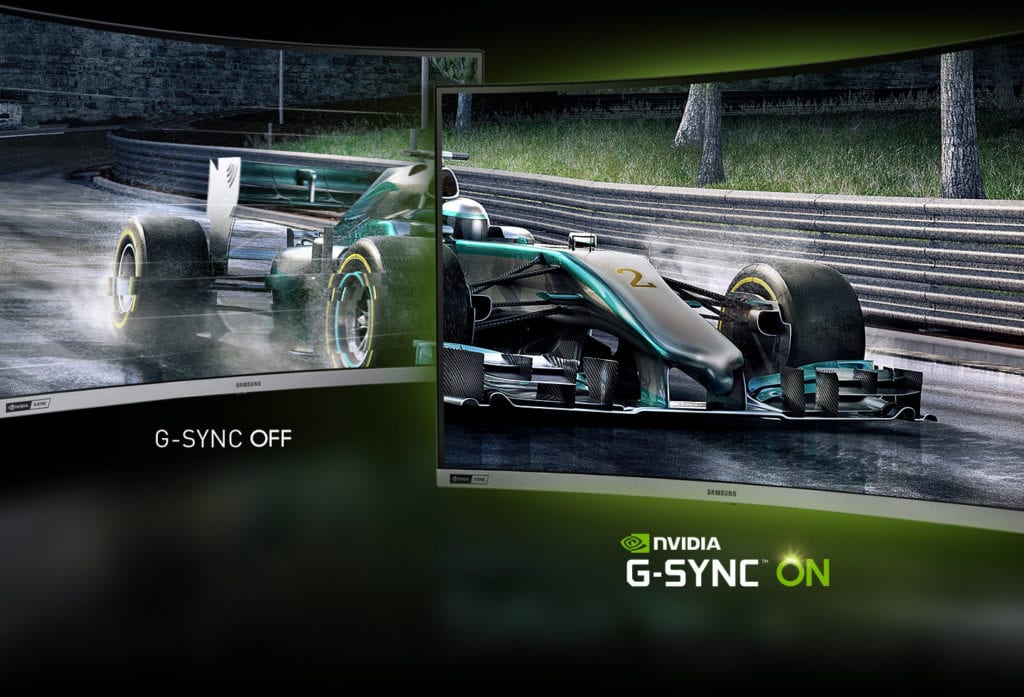
There are two VRR formats: FreeSync and G-Sync. Nvidia’s G-Sync is usually found in PC monitors and high-end gaming TVs, but it is not compatible with any next-gen consoles. FreeSync is found in more TVs, and it is supported by the Xbox Series X.
If you’re currently shopping for a new flat screen, check out our TV buying guide to learn all the terms you need to know.
